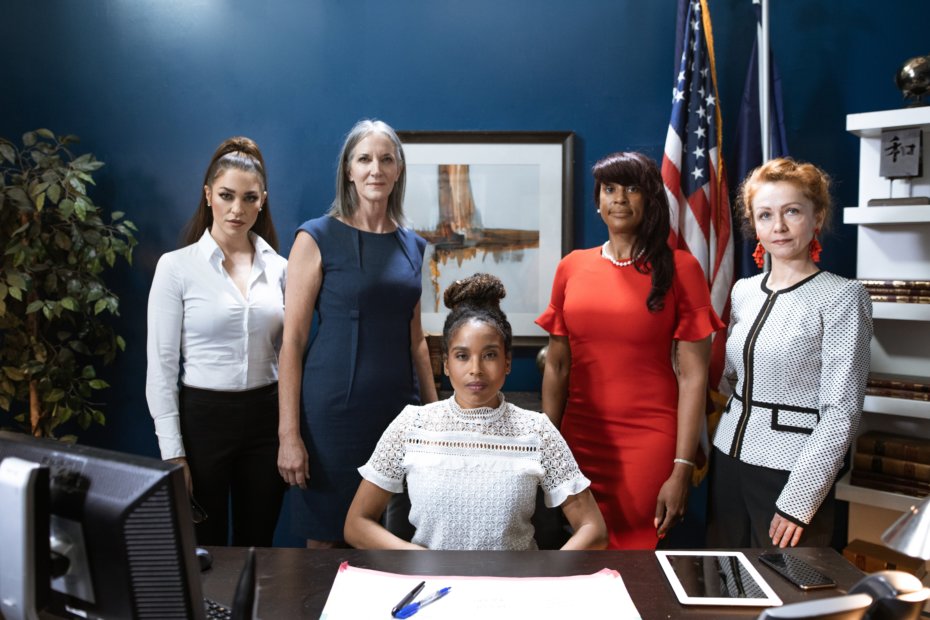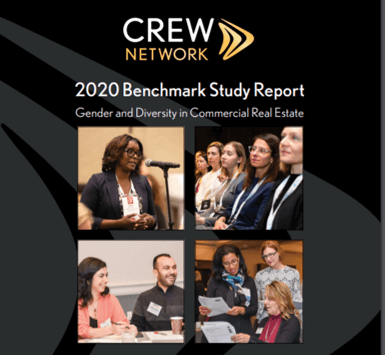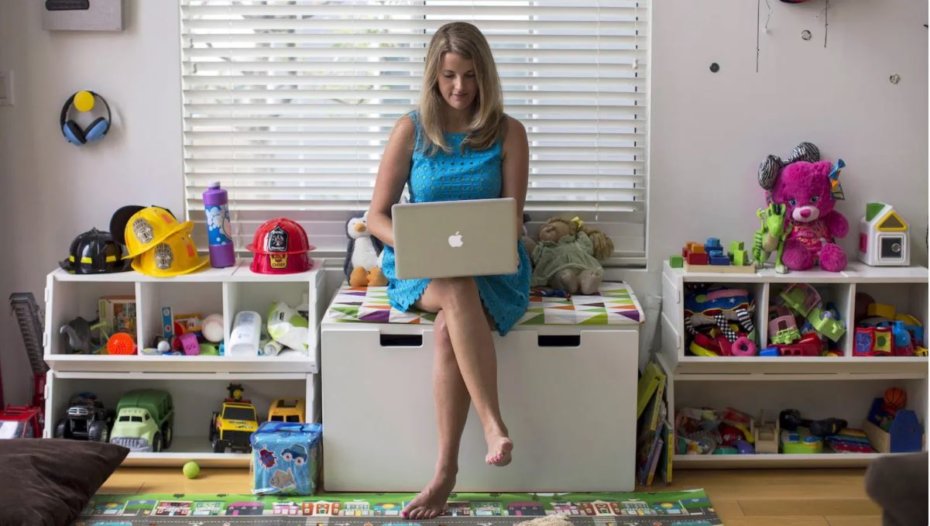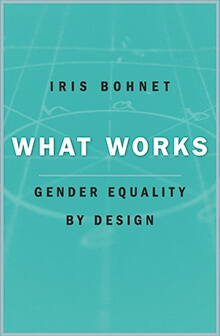New Research: Diversity + Inclusion = Better Decision Making At Work
Every day there are more headlines about the challenges of workforce diversity. A focus on diversity often means a focus on hiring, and even with substantial investments of time and money, it takes years to turn the tide for companies with thousands of employees. But there is a way to make change happen faster. Companies can capitalize on the diversity they already have by including more diverse employees in business decisions at all levels.
From Mastery to Accountability: Cultural Humility as an Alternative to Cultural Competence
Cultural competency has been a long held ideal for social work educators and practitioners. However, definitions and approaches to cultural competency vary widely depending on worldview, discipline, and practice context. Within social work and beyond, cultural competency has been challenged for its failure to account for the structural forces that shape individuals’ experiences and opportunities. In contrast, the concept ofcultural humility takes into account the fluidity of culture and challenges both individuals and institutions to address inequalities. This article takes a critical look at cultural competence as a concept, examining its explicit and implicit assumptions, and the impact these assumptions have on practitioners. It suggests that cultural humility may offer social work an alternative framework as it acknowledges power differentials between provider and client and challenges institutional-level barriers. The authors advocate a move from a focus on mastery in understanding ‘others’ to a framework that requires personal accountability in challenging institutional barriers that impact marginalized communities. Cultural humility, while a promising concept, has not been fully explored in social work. Therefore, the authors present a conceptual model of cultural competency along with strategic questions for providers and organizations to integrate into social work practice and education.
Critical Mass: What Happens When Women Start to Rule the World – led by Jay Newton-Small
In sociology, political science and economics studies abound on when the presence of women begins to have an impact. Almost across the board, if there’s less than 20% representation outcomes don’t change. Either the women don’t speak up or the men don’t hear them. But somewhere between 20% and 30% and something called critical mass is attained and suddenly women’s voices are heard. Whether it’s on a Navy ship, in the Senate or on a corporate board, groups function better with diversity. Mixed workforces that have reached critical mass have shown a host of positive outcomes: police shoot and engage in violence less, companies have to restate their earnings less and banks take less risk. Women make up 46% of the workforce, but more than two-thirds of those on minimum wage are women. But, increasingly, women are breaking into management level roles, especially in government jobs. The public sector has leapt frogged ahead of the private sector in recent years and all three branches of the government are approaching critical mass at the same time. In this study group, I’ll examine how women govern, manage, command and lead differently than men and what it means for our future workforce.
CREW 2020 Benchmark Study: Gender and Diversity in Commercial Real Estate
CREW Network’s fourth benchmark study was conducted in 2020 to measure progress for women over the last 15 years, capture critical industry-wide data, and benchmark diversity, equity and inclusion (DEI) in commercial real estate (CRE).
Report Card on the Diversity of California’s Legal Profession
Having a diverse legal profession positively impacts the administration
of justice, ensures fairness, and promotes the rule of law. The mandate
to promote a diverse and inclusive legal profession is central to the State
Bar’s mission of public protection. The State Bar advances this aspect of its
mission in part by collecting, analyzing, and presenting data on California’s
licensed attorneys through an annual attorney census. This first annual
report card uses census data to provide a clear picture of the state of the
profession from a diversity and inclusion standpoint.
As the report card reflects, the profession has become increasingly
diverse in recent decades, with newly licensed attorneys better reflecting
California’s rich and varied demographics. However, much work remains.
The analyses below highlight areas of the legal profession where the
greatest opportunities for improvement exist. A Call to Action follows to
encourage employers and attorneys to influence and advance an inclusive
workplace that supports a more diverse workforce.
This Calculator Puts a Dollar Value on the Invisible, Unpaid Work Done by Women
QUARTZ AT WORK FEBRUARY 28, 2018 BY ANNALISA MERELLI & YOUYOU ZHOU Liberian activist Leymah Gbowee won the Nobel Peace Prize in 2011 after turning a grassroots women’s movement into the force that ended her country’s civil war and eventually led to the election of Ellen Johnson Sirleaf, the first female president on the African continent. Gbowee also has a …
Five Ways Men Can Improve Gender Diversity at Work
Women are underrepresented in many global companies, particularly among senior leadership teams—and companies are missing out on opportunities as a result. A large and growing body of research shows that organizations with greater numbers of women, especially in leadership roles, perform better. For example, a 2016 Peterson Institute for International Economics study of some 22,000 global companies found that as companies increased the number of women among board members and senior leaders, their profit margins increased as well. Diverse teams bring diverse perspectives to a company, improving both problem solving and resiliency and making the organization more innovative and adapt- able to change.
Yet when companies try to fix this problem, they often center their efforts solely on women. Experience shows, however, that this is not enough to bring about material change. Such a narrow focus essentially walls off gender diversity as a women-only
issue instead of positioning it as a broader topic that has a significant effect on overall company performance. What’s more, at most companies, women who try to generate meaningful change on their own find that they are too few in number to produce the necessary impact. Men need to join their efforts in order to succeed.
What Works: Gender Equality by Design
What Works is built on new insights into the human mind. It draws on data collected by companies, universities, and governments in Australia, India, Norway, the United Kingdom, the United States, Zambia, and other countries, often in randomized controlled trials. It points out dozens of evidence-based interventions that could be adopted right now and demonstrates how research is addressing gender bias, improving lives and performance. What Works shows what more can be done—often at shockingly low cost and surprisingly high speed.
COVID-19: How Business Can Support Women in Times of Crisis
Many of the impacts of the COVID-19 pandemic are hitting women disproportionately hard. Women are more likely than men to work in low-paying, insecure and informal jobs. Women also make up the majority of health professionals and essential workers at the frontlines of the COVID-19 response, risking their health and safety, as well as those of their families.









